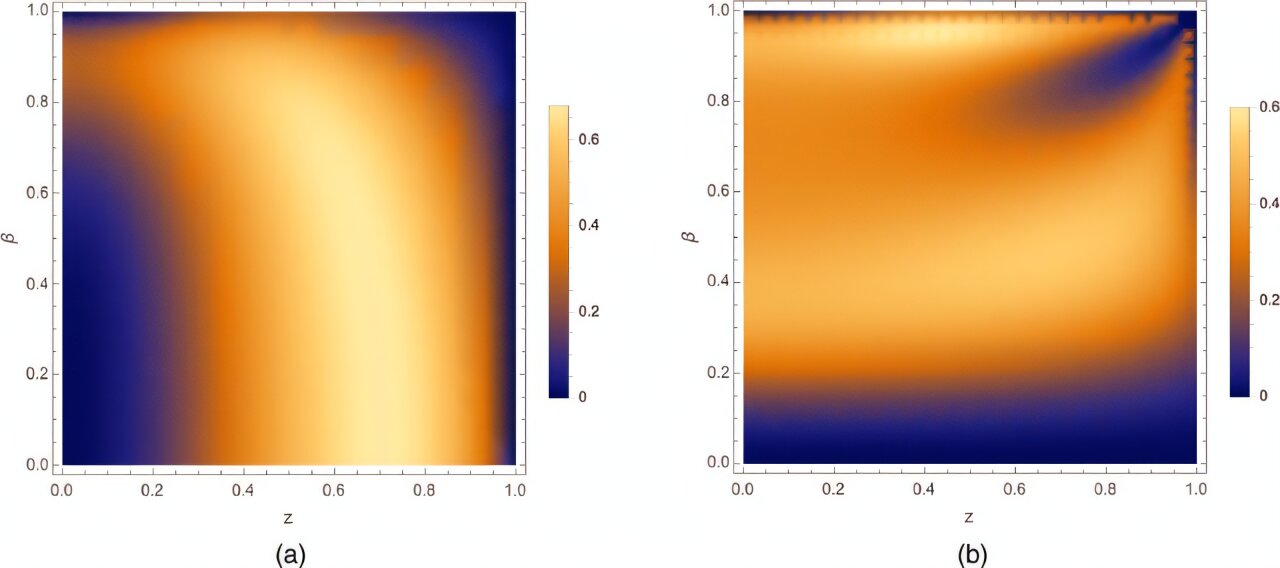Media release
From: The University of AdelaideA brotherly research duo has discovered that when the Large Hadron Collider (LHC) produces top quarks – the heaviest known fundamental particles – it regularly creates a property known as magic.
This finding, published in Physical Review D, has implications for the progression of quantum computing, with magic being a measure that describes how difficult a quantum system is for a non-quantum computer to calculate.
“The higher the magic, the more we need quantum computers to describe the behaviour,” explains Professor Martin White, from the University of Adelaide’s School of Physics, Chemistry and Earth Sciences, who co-led the study with his twin brother, Professor Chris White, a physicist from Queen Mary University of London.
“Studying the magic properties of quantum systems generates significant insights into the development and potential uses of quantum computers.”
The LHC is the world’s largest and most powerful particle accelerator, consisting of a 27-kilometre ring of superconducting magnets with a number of accelerating structures through which two high-energy particle beams travel at close to the speed of light before they are made to collide.
The amount of magic exhibited by top quarks depends on how fast they are moving and their direction of travel, all of which can be measured by the ATLAS and CMS detectors that observe the results of the LHC proton collisions.
“Quantum research has long focused on entanglement, which is where particles become linked; however, our work on magic explores how well-suited particles are for building powerful quantum computers,” says Professor White.
“The ATLAS experiment has already observed evidence of quantum entanglement. We have shown that the LHC can also observe more complex patterns of quantum behaviour at the highest energies yet attempted for these kinds of experiments.”
For decades, scientists have strived to build quantum computers that leverage the laws of quantum mechanics to achieve far greater processing power than traditional computers.
The potential benefits of quantum computers are vast, impacting fields like drug discovery and materials science. Harnessing this power requires robust and controllable quantum states, and magic plays a critical role in achieving that control.
"Our research paves the way for a deeper understanding of the connection between quantum information theory and high-energy physics,” says Professor White.
“This discovery is not just about the heaviest particles in the universe, it's about unlocking the potential of a revolutionary new computing paradigm.”


